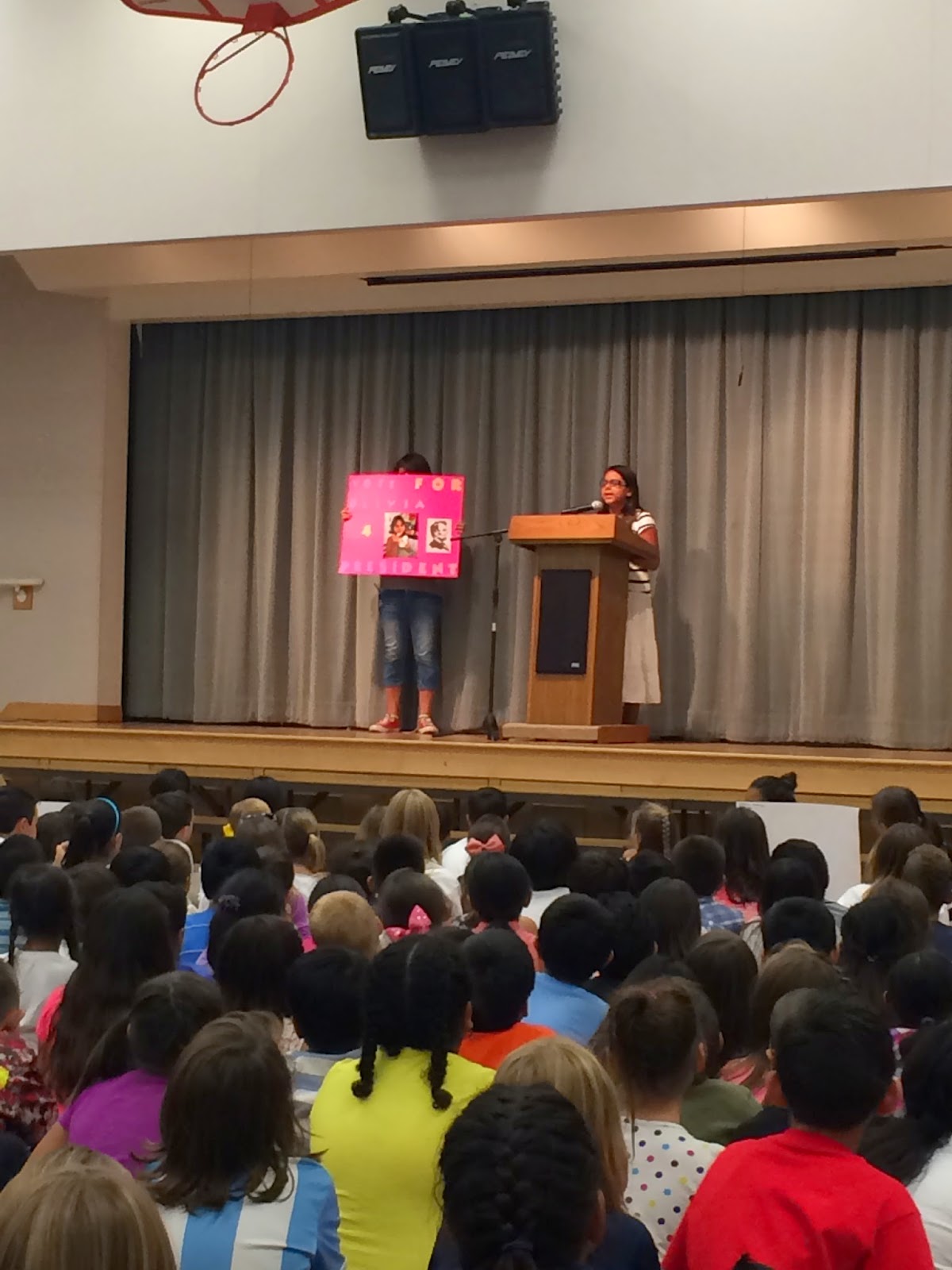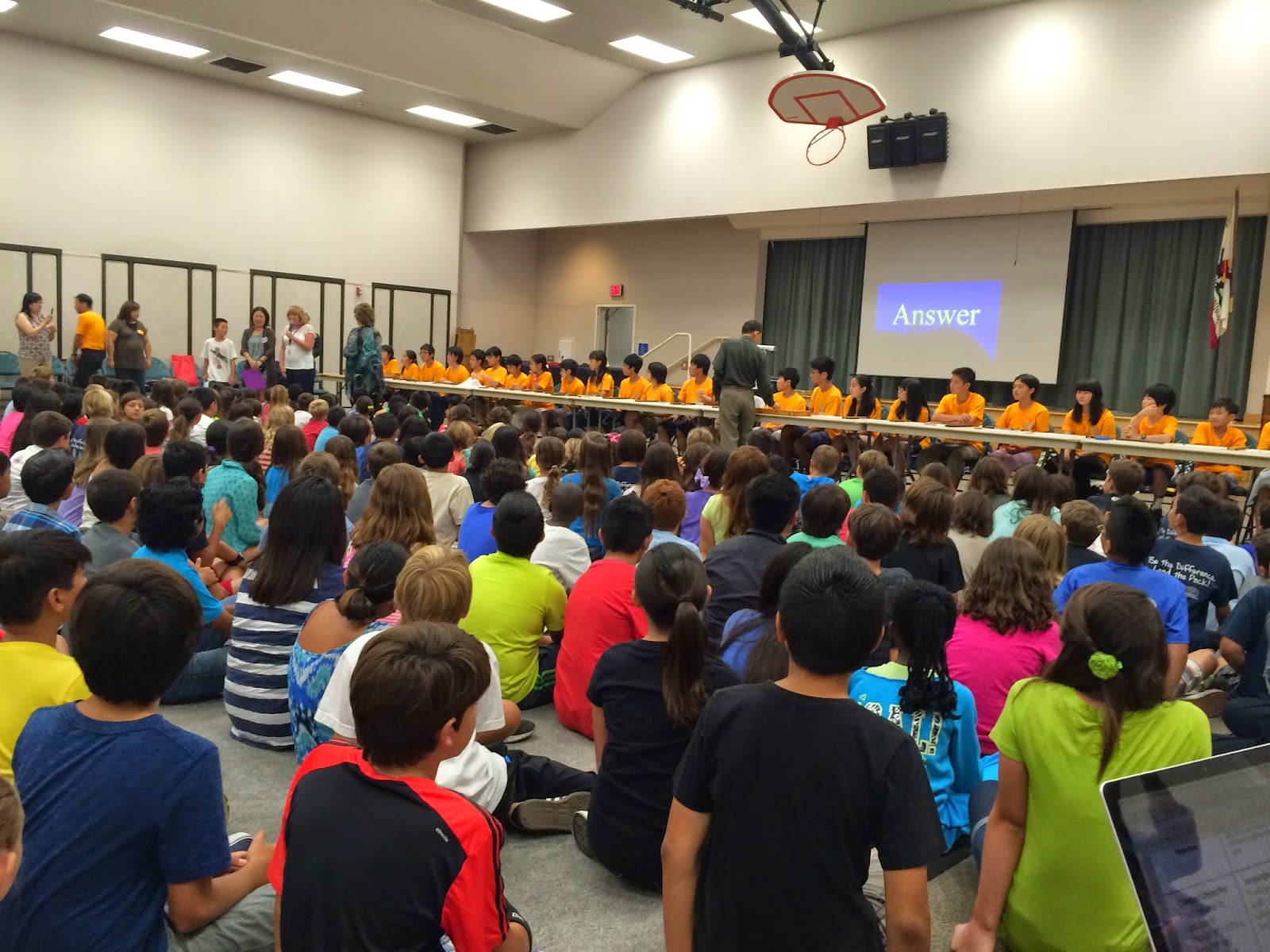5th Grade
This year in social studies our focus in the United States history and geography: Making a New Nation. Our first unit of study is the first Americans.
Students describe the major pre-Columbian settlements, including the cliff dwellers and pueblo people of the desert Southwest, the American Indians of the Pacific Northwest, the nomadic nations of the Great Plains, and the woodland peoples east of the Mississippi River.
1. Describe how geography and climate influenced the way various nations lived and adjusted to the natural environment, including locations of villages, the distinct structures that they built, and how they obtained food, clothing, tools, and utensils.
2. Describe their varied customs and folklore traditions.
3. Explain their varied economies and systems of government.
This past week, we finished our focus on the Pacific Northwest. They are known for their totem poles. At the end of this region, we created our own totem poles. The students were given a handout about totem poles that contained information about what each color symbolized, as well as what the animals represented. They were asked to create their own totem poles and pick animals and colors that related to themselves. Once their totem pole was done, they had to do a writing piece to go along with it. For each animal they chose, they needed to discuss what the animals represented, how it related to themselves, and why they chose the color they did.
Below are students working on their totem poles, as well as using our classroom iPads, to type up their writing!





























































